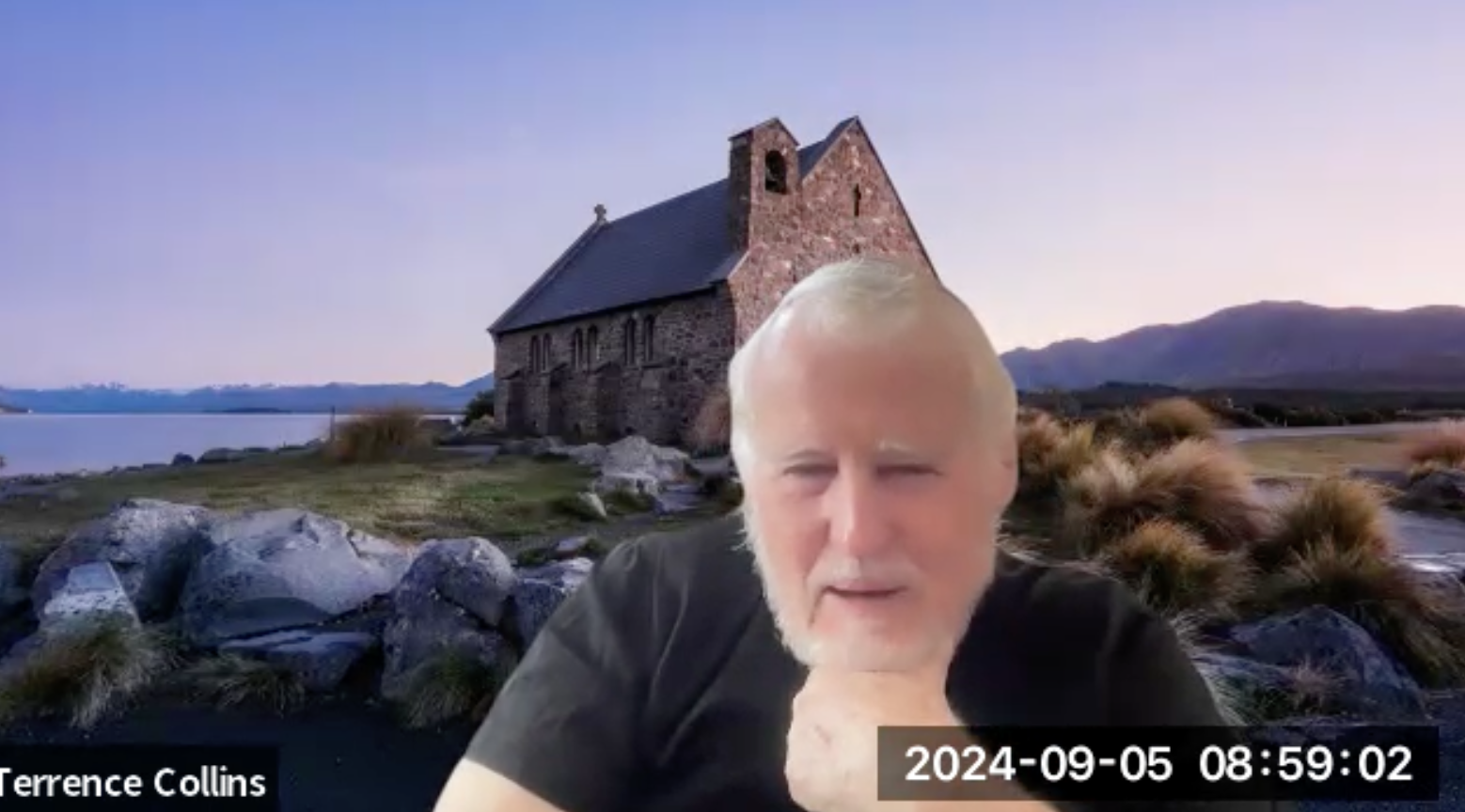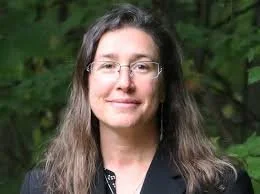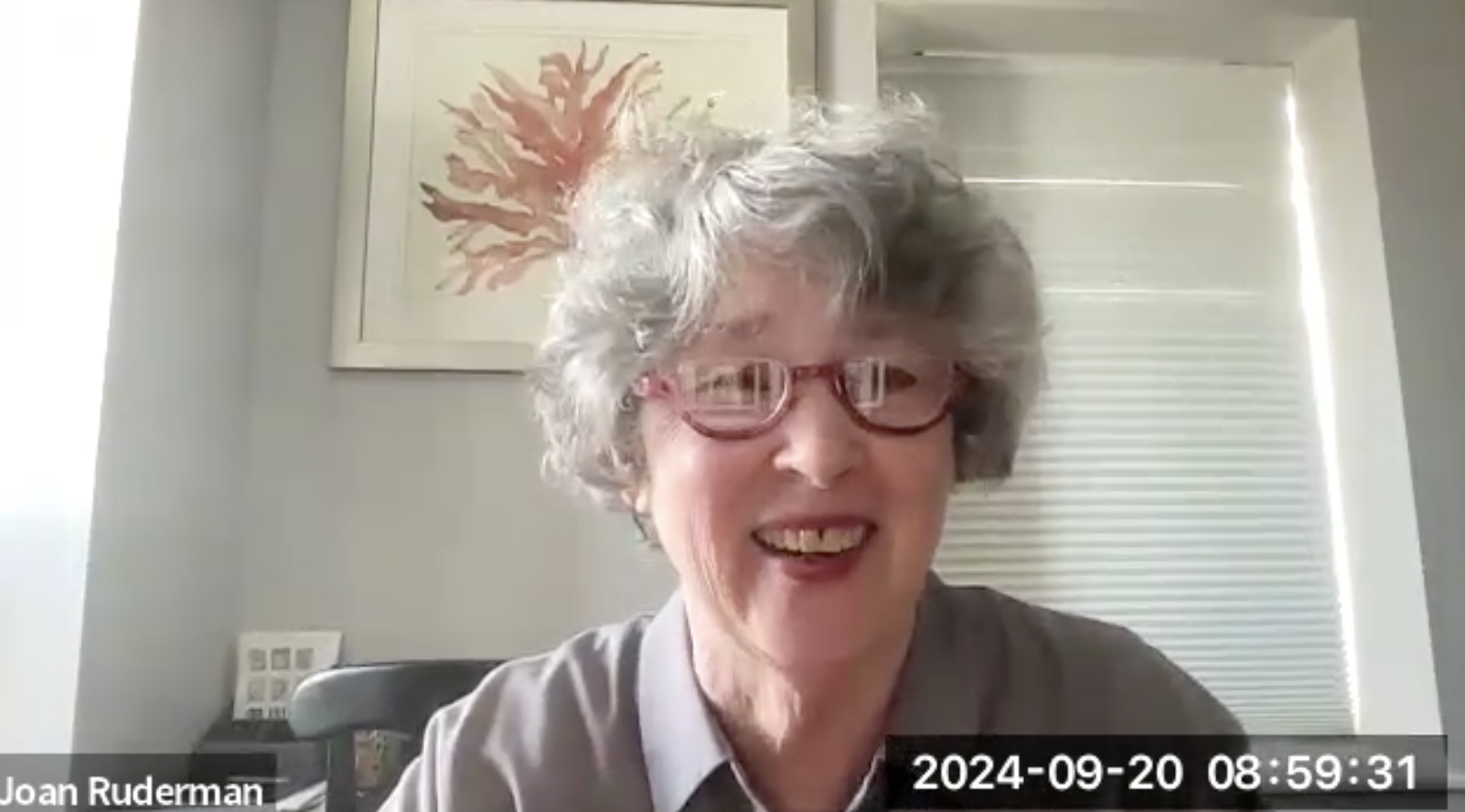I invite you to read an article I drafted for Public Health Newswire," a leading source of public health news and information" put out by the APHA, the American Public Health Association.
Today’s guest blog comes from the Children’s Environmental Health Committee of APHA’s Environment Section. Its members are committed to increasing awareness and promoting collaborative efforts aimed at reducing risks to the health of children where they live, learn and play.
Leyla McCurdy, chair of the Children’s Environmental Health Committee, Environment Section, APHA; Lynn Goldman, dean of the GWU Milken School of Public Health; Gina McCarthy, former EPA Administrator; and Nsedu Obot Witherspoon, executive director of the Children’s Environmental Health Network.
Children’s Environmental Health Day takes place on the second Thursday in October, which is October 11 this year. But one day is not enough to raise awareness about how environmental threats uniquely impact children. So, the Children’s Environmental Health Committee of APHA’s Environment Section is partnering with the Children’s Environmental Health Network to create a movement.
The Children’s Environmental Health Movement is a growing community dedicated to raising awareness of children’s environmental health issues and mobilizing society to take action to ensure that all children have access to clean air and water and safer food and products. It features a monthly education-to-action series that highlights the influence of environmental factors on children’s health and development. No environmental problem is as global and all-encompassing as climate change, the July focus of the series.
Everyone faces increased health threats from climate change, but as the American Public Health Association emphasizes, children are particularly vulnerable. Experts estimate that more than 88 percent of disease attributed to climate change is borne by children under the age of five. The American Academy of Pediatrics characterizes children as “uniquely vulnerable to changes in their environment” due to breathing, eating and drinking more for their size compared to adults; body systems that are still developing; and dependence on caregivers.
The facts:
• Beyond the immediate injuries and deaths from extreme weather events, climate change brings secondary threats like food shortages, environmental degradation and increased vector-borne diseases.
• Potential tertiary effects include war and mass population displacement.
• The International Panel on Climate Change estimates that there will be 25 million more children under age five who will be malnourished by 2050 than there would be were it not for climate change.
• Altered rainfall patterns will affect the supply of fresh water, increasing the risk of diarrheal diseases, which now kill one and a half million children per year, according to the US Environmental Protection Agency.
• In North America, increasing wildfires cause particulate pollution that is especially damaging to children’s developing lungs.
• Low socioeconomic status can further compound these issues, as can psychosocial stress from the direct and indirect threats of climate change.
Mitigation and adaptation
Abundant research shows that greenhouse gas reduction strategies adopted to combat climate change can create health co-benefits. This includes reduced air pollution, increased physical activity, improved mental health and diets lower in saturated fats. Although the problem of climate change is vast, the benefits of tackling it head-on are manifold.
APHA stresses the importance of public health involvement in climate change mitigation and adaptation efforts in order to maximize health co-benefits. AAP urges physicians and politicians to specifically consider threats to children, arguing that “failure to take prompt, substantive action would be an act of injustice to all children.”
Large-scale strategies are needed, including the US rejoining the Paris Agreement, putting a price on carbon as we transition to 100 percent clean energy and voting in support of the environment. With any strategy, equity must always be top of mind. Community members, especially those from marginalized communities, must be included throughout the process.
In the meantime, everyone can participate in smaller-scale solutions like reducing energy consumption and waste, switching to renewables and incorporating consideration of carbon footprint into the design of transportation, food systems and the built environment. Climate change is not a big, impersonal problem. We all can take action now to prevent needless tragedy among those who deserve our protection most — our children.
Tags: #childrenatthecenter, children's environmental health, Children’s Environmental Health Movement, Children’s Environmental Health Network, climate change and health











